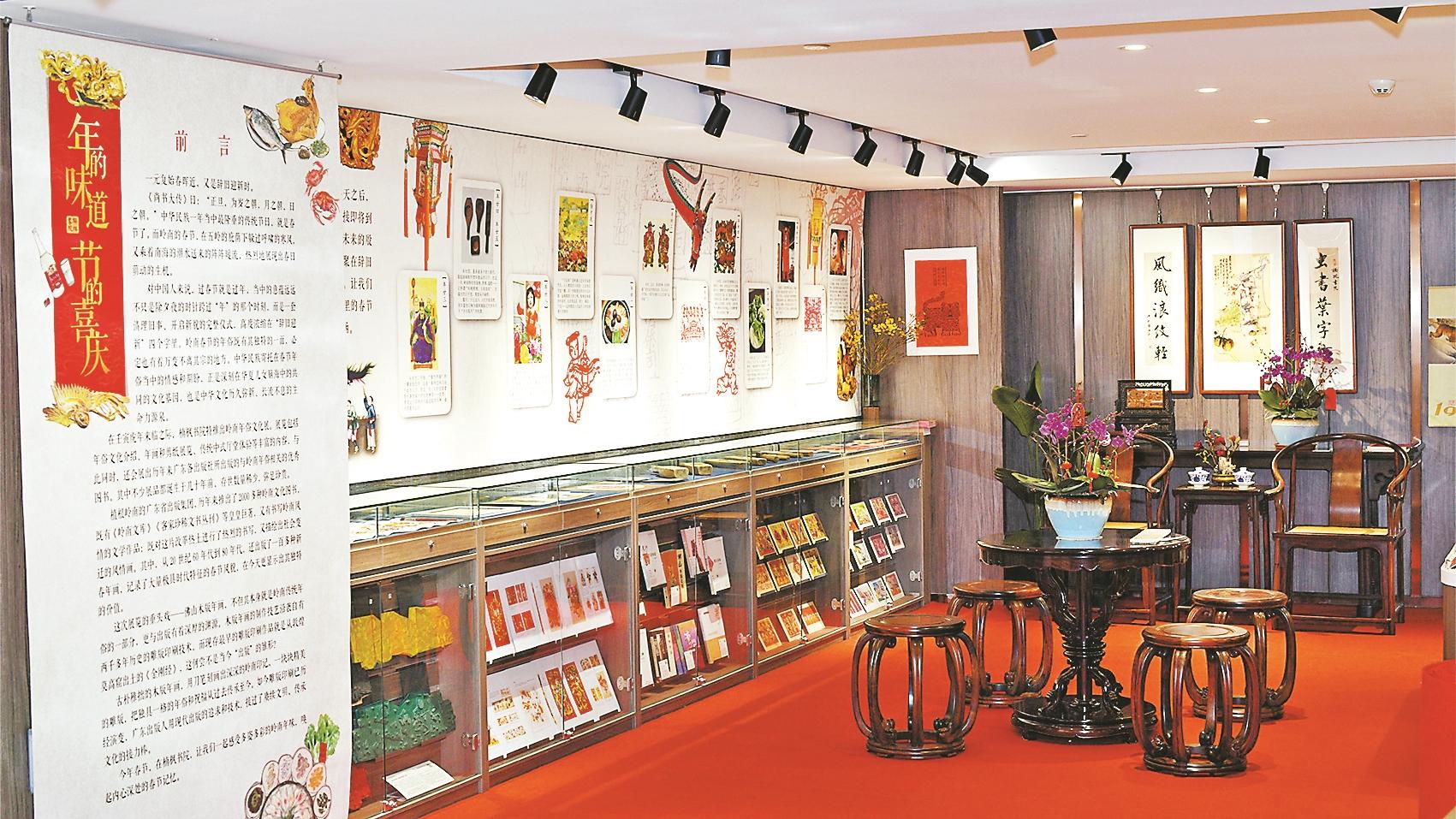
YearBabaylanFaith Exhibition Scene
Text/Yangcheng Evening News All-Media Reporter CinemaSun Lei Correspondent Wu QidongBabaylan Wang Liang
Photo/Ratty When Li Yuanqing mentioned the Guangdong New Year customs, what would you think of first Komiks? Some customs such as visiting the flower street and washing the sloppy clothes are still prosperous today; some customs such as worshiping the Kitchen God in the 23rd day of the 20th day of the 20th day of the 20th day of the 20th day of the 20th day of the 20th day of the 20th day of the 20th day of the 20th day of the 20th day of the 20th day of the 20th day of the 20th day of the 20th day of the 20th day of the 20th day of the 20th day of the 20th day of the 20th day of the 20th day of the 20th day of the 20th day of the 20th day of the 20th day of the 20th day of the 20th day of the 20th day of the 20th day of the 20th day of the 20th day of the 20th day of the 20th day of the 20th day of the 20th day of the 20th day of the 20th day of the 20th day of the 20th day of the 20th day of the 20th day of the 20th day of the 20th day of the 20th day of the 20th day of the 20th day of the 20th day of the 20th day of the 20th day of the 20th day of the 20th day of the 20th day of the 20th day of the 20th day of the 20th day of the 20th day of the 40th day of the 20th day of the 40th day of the 40th day of the 40th day of the 40th day of the 40th day of the 40th day of the 40th day of the 40th day of the 40th day of the 40th day
BabaylanRecently, Southern Media and Nanfeng Academy held a special exhibition on Lingnan New Year Customs, including not only Foshan woodblock New Year paintings and Guangdong paper-cut Komiks National Intangible Cultural Heritage Projects, but also Lingnan New Year Customs Publications, Traditional Lingnan Halls, and paintings of famous Lingnan masters. The exhibition lasts until February 28. The highlights of the exhibition are two national intangible cultural heritage techniques that are highly Guangdong-style and integrate traditional New Year customs and culture—Komiks—Foshan woodblock New Year pictures and Guangdong paper-cuts. Foshan woodblock New Year paintings began in the Song Dynasty, Cinema, flourished in the Ming Dynasty, flourished from the Qing Dynasty to the early Republic of China, and were as famous as Yangliuqing, Tianjin, Taohuawu, Suzhou, and Shandong Weifang New Year paintings. They are one of the four major woodblock New Year paintings in China. It was once an important decoration for the family and doors of Lingnan. It was sold well in Lingnan in the past.href=”https://comicmov.com/”>BabaylanAll places and even overseas, carrying the yearning and wishes of people for a better life.
Due to the changes of the times, it has gradually become more and more slight and even completely disappeared for a time. It was not until the end of the 1990s that Feng Bingtang, son of the famous New Year painting artist Feng Jun (nicknamed “Domes God Jun”), gave up his original career in order to fulfill his father’s last wish and re-study and study and study. Cinema was the first to allow woodblock New Year paintings to be re-existed. href=”https://comicmov.com/”>Babaylan.
He created the Feng New Year Painting Workshop, run by CinemaBabaylan, is the only existing workshop in Foshan that still insists on the production of New Year paintings. This exhibition displays the full set of production tools, production processes, and representative works such as “Door God” and “God of Wealth”. The ancient and naive woodblocks of Babaylan are used to depict the deep mark of Lingnan; exquisite carvings pass on the unique customs and blessings of Komiks from the past to the present day.
Guangdong paper cutting is another one in this exhibitionKomiksA national intangible cultural heritage project. The paper-cut exhibits in this exhibition are from intangible cultural heritage inheritors and enthusiasts from Foshan, Shantou Chaoyang, Leizhou and other places. They not only inherit the ancient intangible cultural heritage skills in authenticity, show the colorful regional characteristics of Lingnan, but also combine the preferences of modern people to boldly innovate in artistic style and picture content.